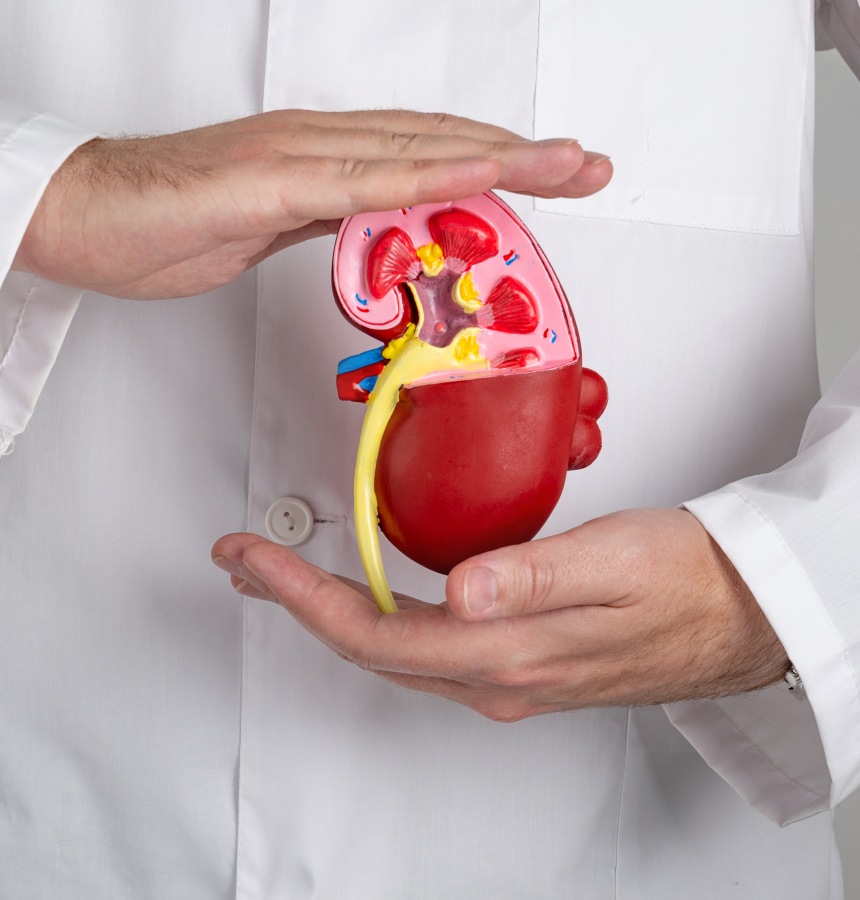Over the last 150 years, lung cancer has gone from being an obscure and rare disease to emerging as the most common cause of cancer worldwide, inparticular the most common cause of death by cancer. Risk factors for lung cancer are patients behaviour, environmental and genetic which also affect a patient’s response to treatment. Dispite more advanced diagnostic techniques and treatment, the overall survival has not improved significantly in decades across the world.
Cigarette smoking is the single biggest risk factor behind lung cancer with 75% – 90 % of cases presenting in smokers. Nicotine in tobacco is the addictive component of cigarettes and not carcinogenic itself. However smoking tobacco generates up to 60 known carcinogens, the worst being polycyclic aromatic hydrocarbons (PAH) which generate free radicals. Carcinogens form DNA adducts as well as inflict free radical damage that increases the chance of carcinogenesis. It seems surprising to consider the many decades it took to do proper research to really understand that smoking causes lung cancer. We must consider this as we are now legalising marijuana use in many parts of the world as well as the advent of e-cigarettes. There has not been enough time to study the effects of these on the respiratory system over a long follow up period.
Although cigarette smokers must be vigilant for signs of lung cancer, 10%-25% of patients who present with lung cancer have never smoked.
The fatalities with lung cancer, like many other cancers are due to late presentation after a period where subtle mild signs go unchecked. In 2010 the English National Cancer Experience Survey analysed 2362 lung cancer cases and found a third of patients presented to a doctor three times or more before referral to a specialist for investigation. A period of chronic cough and shortness of breath are the most common symptoms and could easily be mistaken for a upper respiratory tract or chest infections. More obvious symptoms of coughing up blood that mandates immediate referral is less common.
NICE guidance:
People over the age of 40 with 2 or more of the following unexplained and persistent symptoms or patients who have smoked with one symptom require investigation with an urgent chest Xray (within 2 weeks):
- Cough
- Shortness of breath
- Fatigue
- Chest pain
- Weight loss
- Appetite loss
People over the age of 40 require urgent chest xray (within 2 weeks) if they present with:
- Persistent or recurrent chest infections
- Finger clubbing
- Lymph node enlargement above the clavicles or in the neck
- Chest signs consistent with lung cancer
- Thrombocytosis (raised platelet count on blood testing)
Patients need urgent referral to a specialist lung cancer diagnostic pathway by an oncologist or respiratory physician if:
- Patients show evidence of a lung cancer on Xray
- Or episodes of coughing up blood
For those with lung cancer, a chest xray only picks up just over 75% of cases. Therefore a ‘normal’ chest xray requires further investigation if there is high risk (smoker, elderly, previous asbestos exposure) or a strong suspicion (persistent symptoms). These patients also should be referred to a specialist diagnostic pathway and usually a CT chest scan will be necessary.



